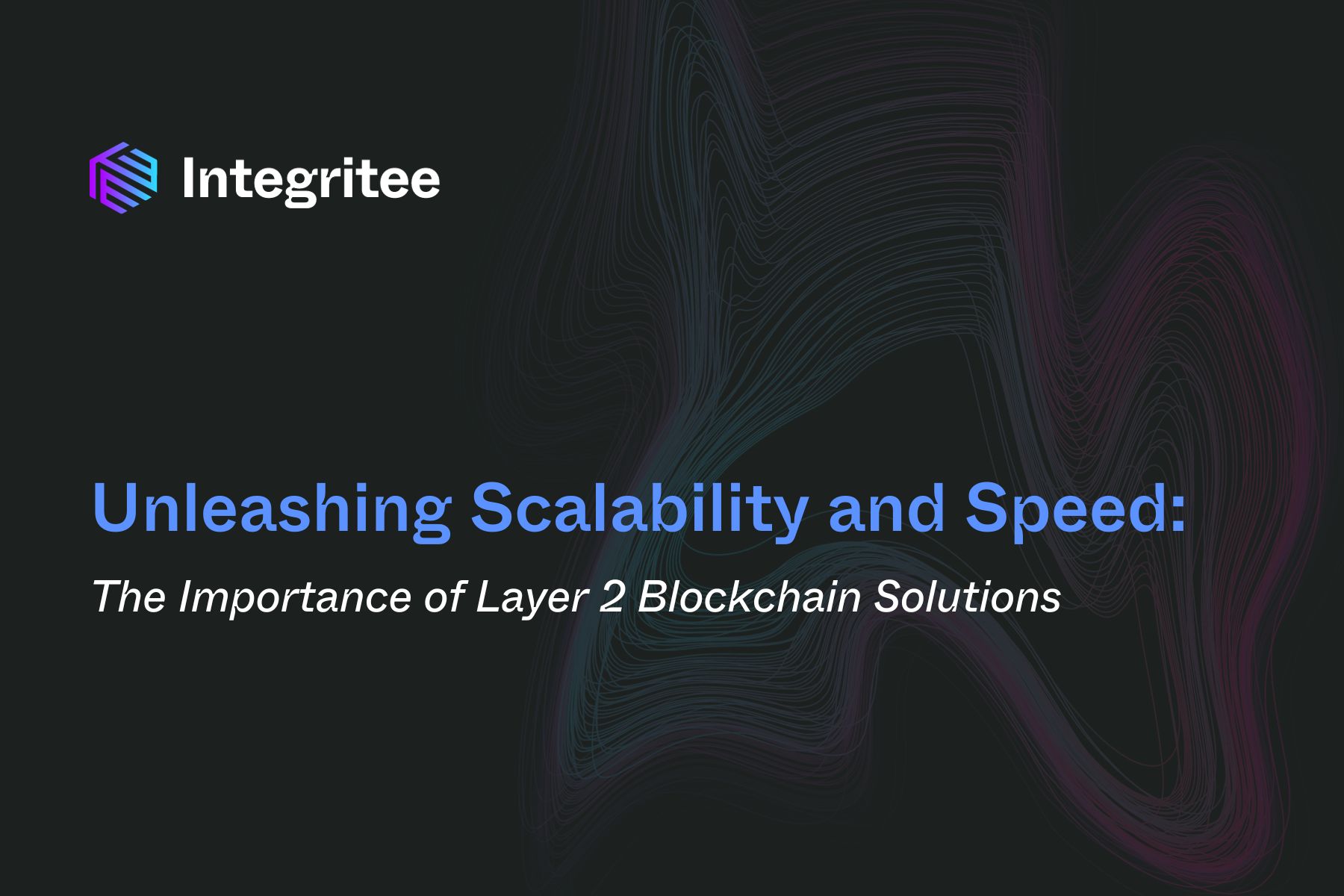As the blockchain landscape continues to evolve, scalability, high performance, and speed have become crucial benchmarks for the success of any blockchain project. The inherent limitations of some first-layer blockchain solutions have prompted the exploration and adoption of Layer 2 solutions.
These innovative frameworks offer a promising avenue for projects seeking to address the scalability trilemma — balancing security, decentralization, and scalability. In this article, we’ll delve into the reasons why Layer 2 blockchain solutions are essential for projects aiming to achieve scalability, high performance, and speed.
The scalability trilemma, a concept introduced by Ethereum’s co-founder Vitalik Buterin, posits that it is challenging for a blockchain system to simultaneously achieve high levels of security, decentralization, and scalability. Traditional blockchain networks, like Bitcoin and Ethereum, prioritize security and decentralization at the expense of scalability. This trade-off has led to network congestion, slow transaction speeds, and high fees during periods of high demand.
Enter Layer 2 Solutions
These are designed to address the limitations of first-layer blockchains by moving some of the computational processes off-chain. By doing so, Layer 2 solutions enhance scalability, increase transaction throughput, and reduce latency. These solutions work in conjunction with the main blockchain, often referred to as Layer 1, to process transactions more efficiently.
When it comes to scalability, very few options surpass the efficacy of layer 2 solutions. They alleviate the burden on the main blockchain by processing a significant portion of transactions off-chain. This allows for a substantial increase in the number of transactions that can be handled simultaneously.
The same happens when we look at performance: the off-chain processing capability translates to faster transaction confirmation times. Users experience quicker and more efficient interactions with the blockchain, leading to improved user experiences. High-performance blockchain networks are essential for applications ranging from decentralized finance (DeFi) platforms to non-fungible token (NFT) marketplaces, where rapid transaction processing is critical.
Speed is yet another crucial factor in user adoption and the overall success of blockchain projects. Layer 2 solutions significantly reduce transaction confirmation times, enabling near-instantaneous settlements. This is especially important for applications like micropayments, gaming platforms, and supply chain management, where quick and cost-effective transactions are imperative.
Other benefits of structures like sidechains include cost-effectiveness. You can save money because using sidechains instead of layer 1 solutions reduces transaction fees associated with on-chain processing. Lower fees make blockchain applications more accessible to a broader user base and encourage increased adoption across various industries.
Integritee’s Sidechains Uniqueness
However, as of now, most L2 solutions lack two major elements one usually associates with blockchain projects: decentralization and interoperability. We’ve developed sidechains to be able to operate in a decentralized way and allow for the encryption of details of transactions such as the amount and parties involved. This ensures that while transaction proofs are still recorded on the public ledger, the specific details remain confidential. Our novel L2 model is only possible thanks to Trusted Execution Environments (TEEs) — hardware-encrypted areas in a CPU where operations are stored and executed.
Another benefit of our unique solution is the fact that they can host light clients, which allows our sidechains to directly communicate with other chains. This enables use cases like collateral-free bridges, as our Sidechains can communicate with several other chains at the same time and check their state.
In the fast-paced world of blockchain technology, the demand for scalable, high-performance, and speedy solutions is greater than ever. Layer 2 blockchain solutions have emerged as a key enabler for projects seeking to overcome the scalability trilemma and deliver efficient and user-friendly applications. As the ecosystem continues to evolve, the integration of Layer 2 solutions is likely to become a standard practice, driving the mass adoption of blockchain technology across diverse industries.
